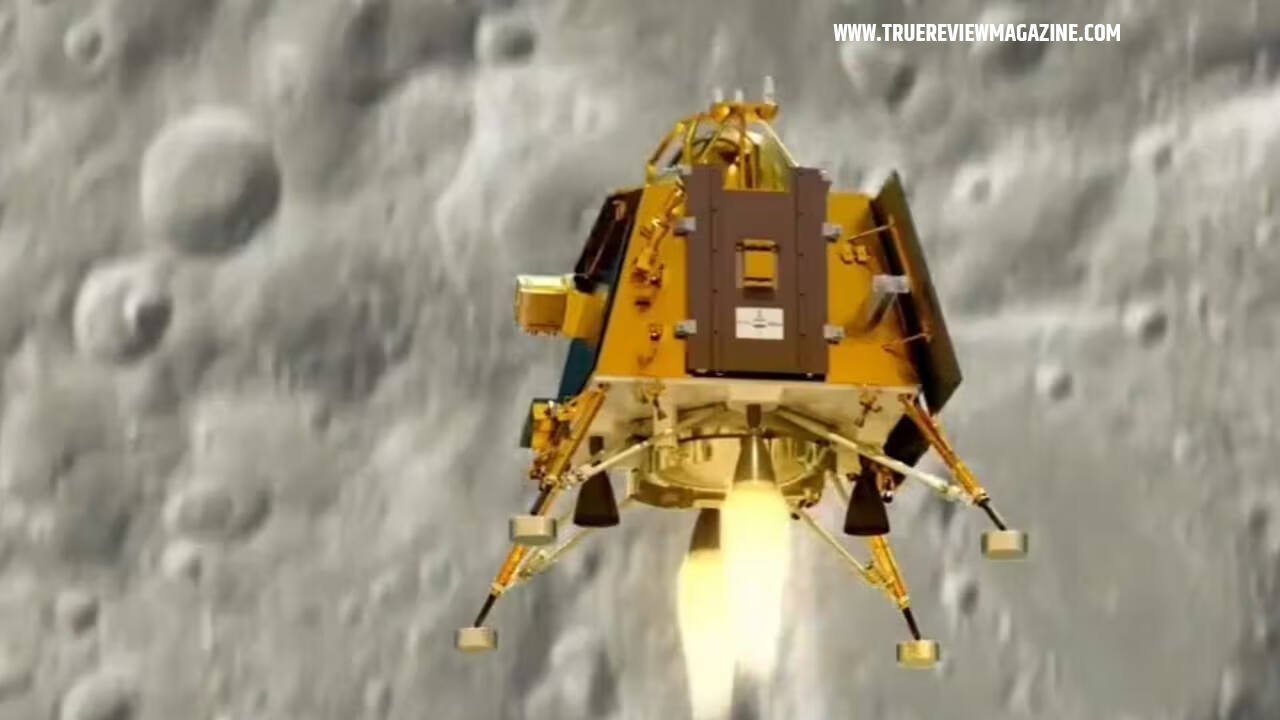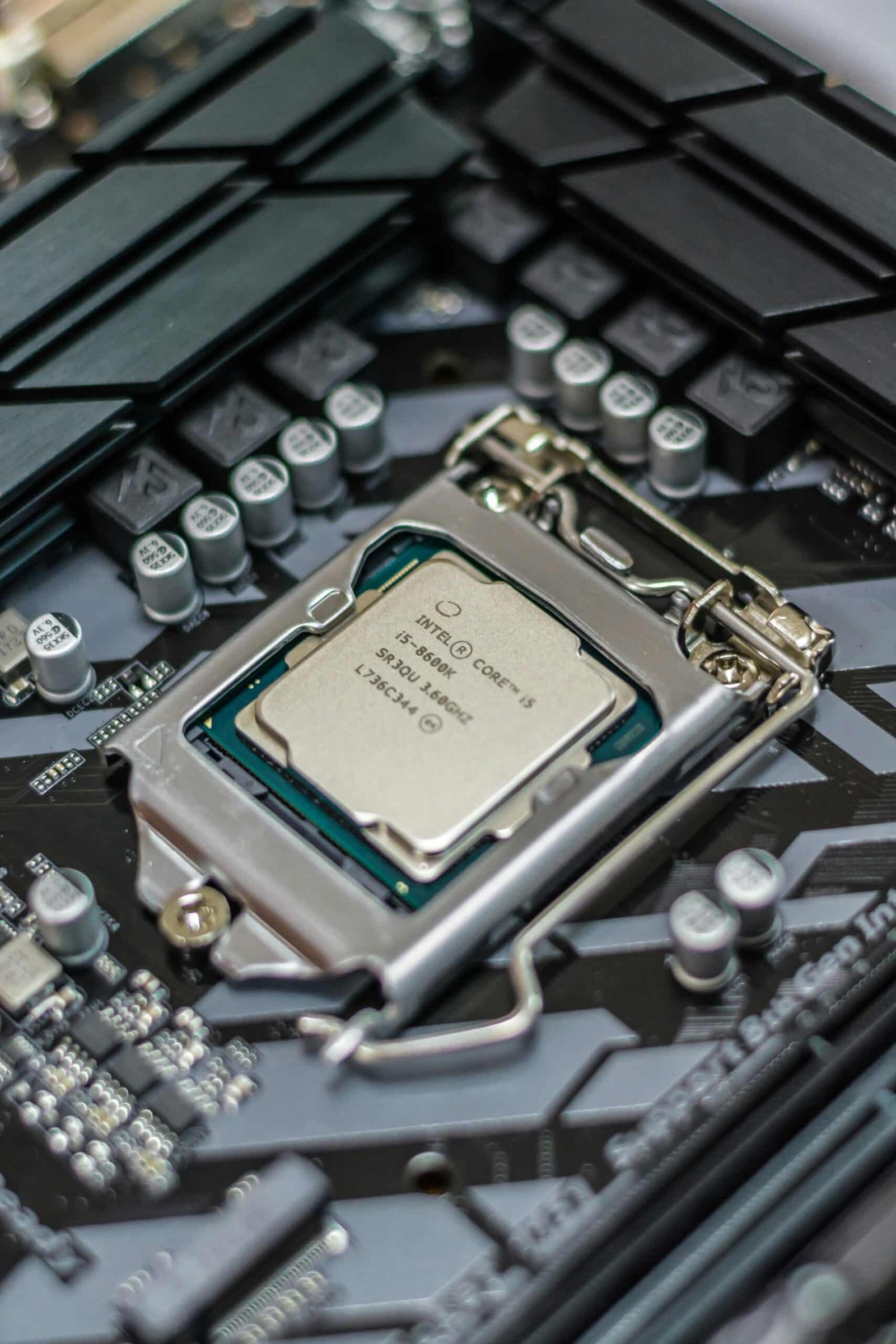India is making preparations for its second moon landing attempt, marking a significant moment for the country with the world’s largest population.
Scheduled to occur shortly after 6 pm (1200 GMT), Chandrayaan-3, which translates to “moon craft” in Sanskrit, aims to land its Vikram lander at the relatively unexplored lunar south pole. This endeavor would constitute a world first in space exploration.
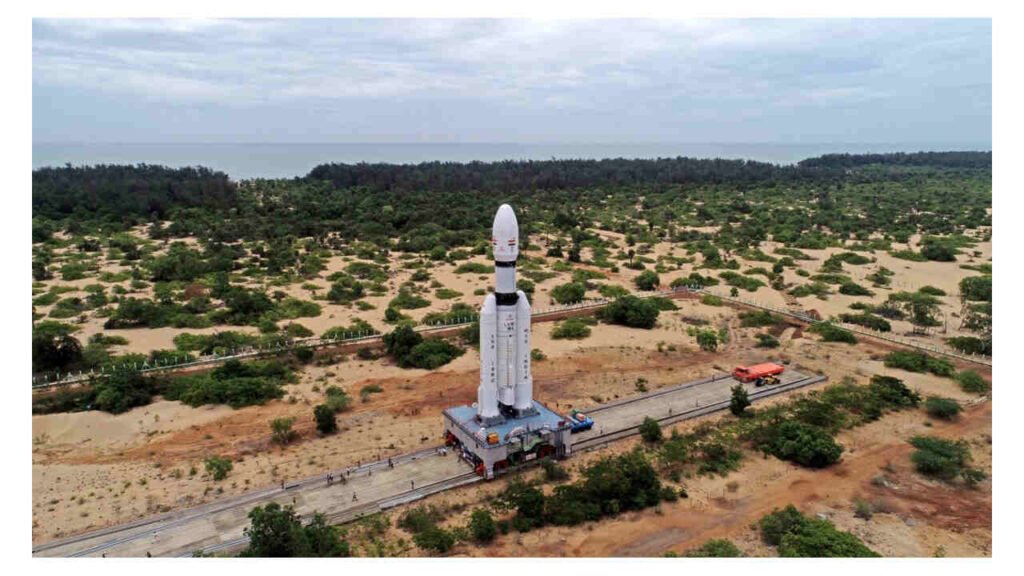
This undertaking follows a previous unsuccessful Indian lunar mission in 2019 and comes closely after Russia’s first moon mission in nearly half a century, which was bound for the same lunar region but unfortunately crashed on the lunar surface.
K Sivan, the former head of the Indian space program, expressed optimism based on recent photos transmitted by the lander. He stated, “It is giving some encouragement that we will be able to achieve the landing mission without any problem.” Sivan also highlighted that lessons from the 2019 failure have led to improvements, making Chandrayaan-3 more robust, and he expressed confidence in the mission’s success.
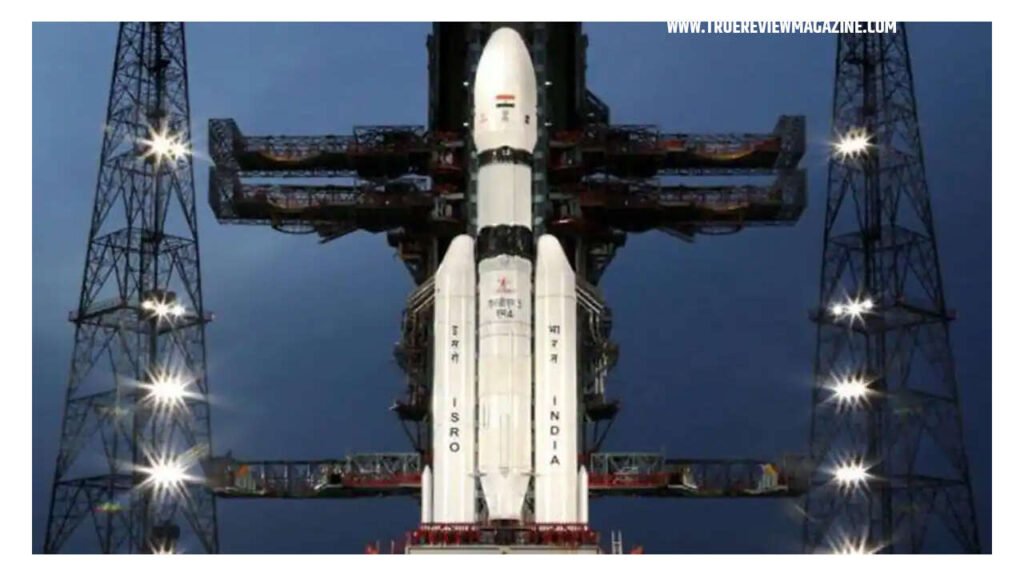
The mission commenced approximately six weeks ago amid enthusiastic crowds. Unlike the Apollo missions of the 1960s and 1970s, which reached the moon in a matter of days, India employed less powerful rockets. The spacecraft took a longer route, orbiting Earth multiple times to build up speed before beginning its month-long journey to the moon.
Vikram, the spacecraft’s lander, detached from its propulsion module a week ago and has been transmitting images of the moon’s surface since entering lunar orbit on August 5. The Indian Space Research Organisation (ISRO) reported that everything is proceeding according to schedule, and their mission control center is filled with energy and excitement on the eve of the landing.
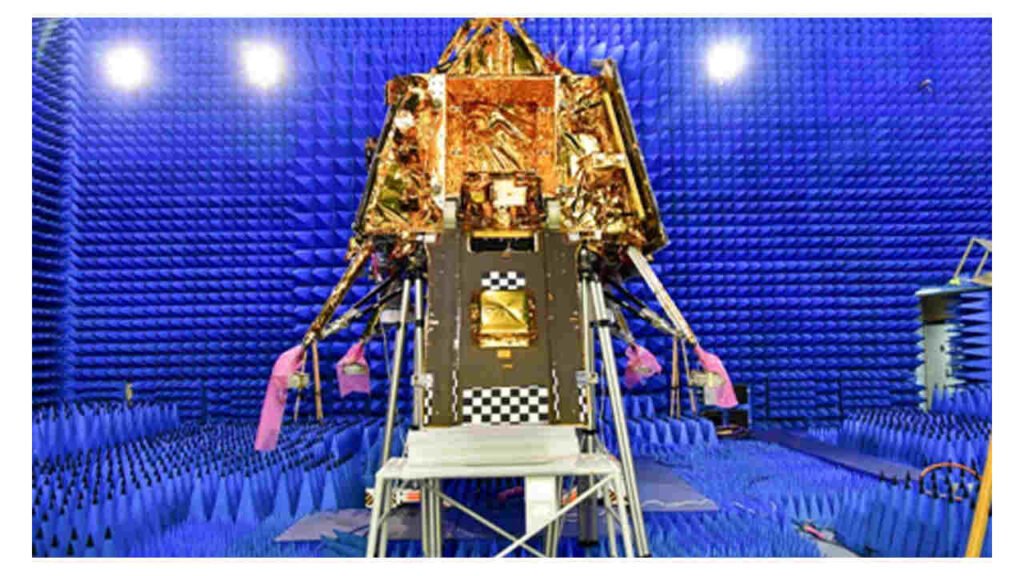
India’s space program operates on a relatively modest budget, with the latest mission costing $74.6 million, significantly less than the expenditures of other spacefaring nations. This cost-effectiveness is achieved through the adaptation of existing space technology and the availability of highly skilled engineers who earn considerably less than their international counterparts.
In 2014, India made history by becoming the first Asian nation to successfully insert a satellite into Mars’ orbit. Moreover, the country plans to launch a crewed mission into Earth’s orbit, commencing with uncrewed test flights in 2024.
Sivan emphasized that India’s efforts to explore the lunar south pole, a relatively uncharted territory, would contribute significantly to scientific knowledge. Until now, only Russia, the United States, and China have achieved controlled landings on the lunar surface.
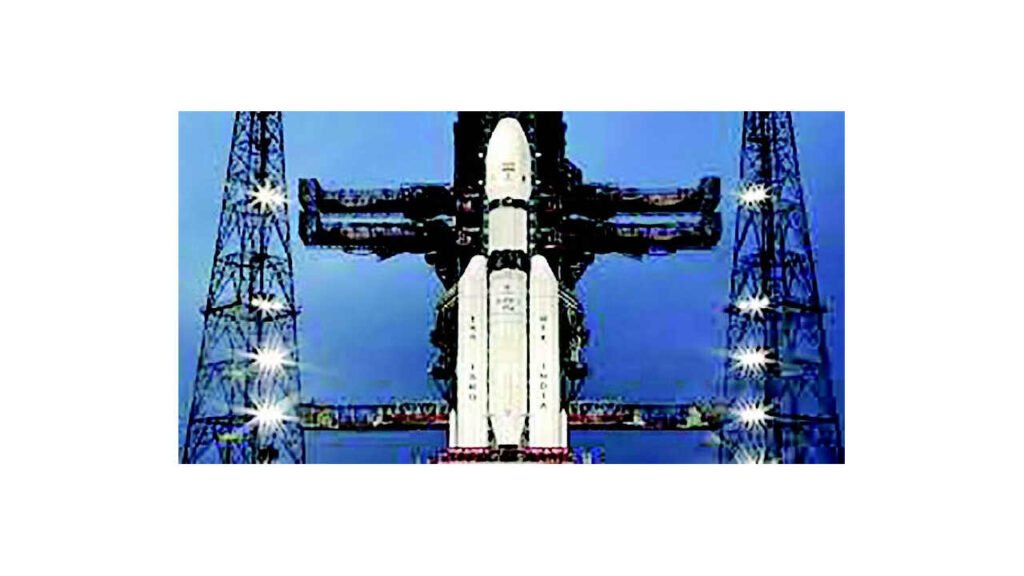
In short
India’s upcoming Chandrayaan-3 mission represents a momentous event in the nation’s space exploration journey. With lessons learned from past missions and a robust commitment to success, India is on the cusp of achieving a controlled lunar landing, joining an exclusive club of nations that have accomplished this feat. This mission, operating on a cost-effective budget, showcases India’s growing prowess in space technology and engineering. Furthermore, the exploration of the lunar south pole promises to contribute significantly to our scientific understanding of our closest celestial neighbor. As the world watches with anticipation, this endeavor embodies India’s ambitious pursuit of scientific knowledge and space exploration, setting the stage for further remarkable achievements in the years to come.
Read more: https://truereviewmagazine.com/




